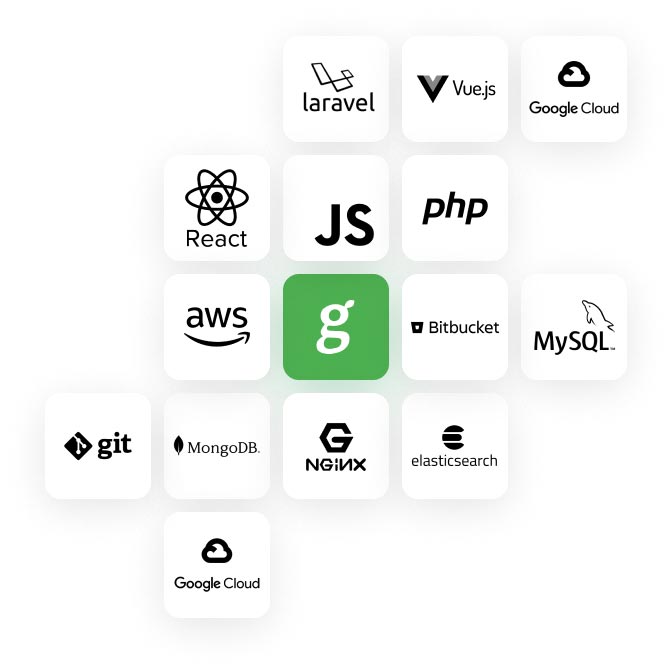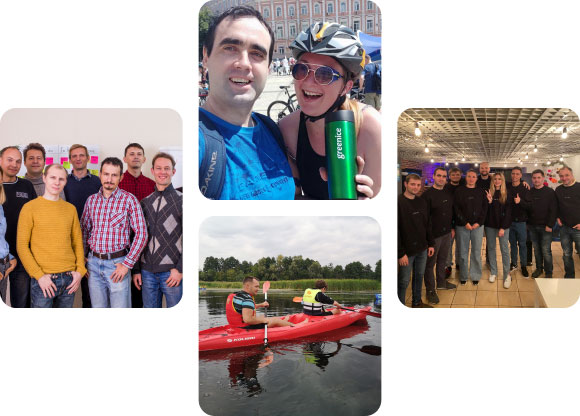WE’LL GET
YOUR
We are a Top Rated web development team trusted by clients from all over the world since 2007.
PROJECT RIGHT
We are a Top Rated web development team trusted by clients from all over the world since 2007.
Contact us




















